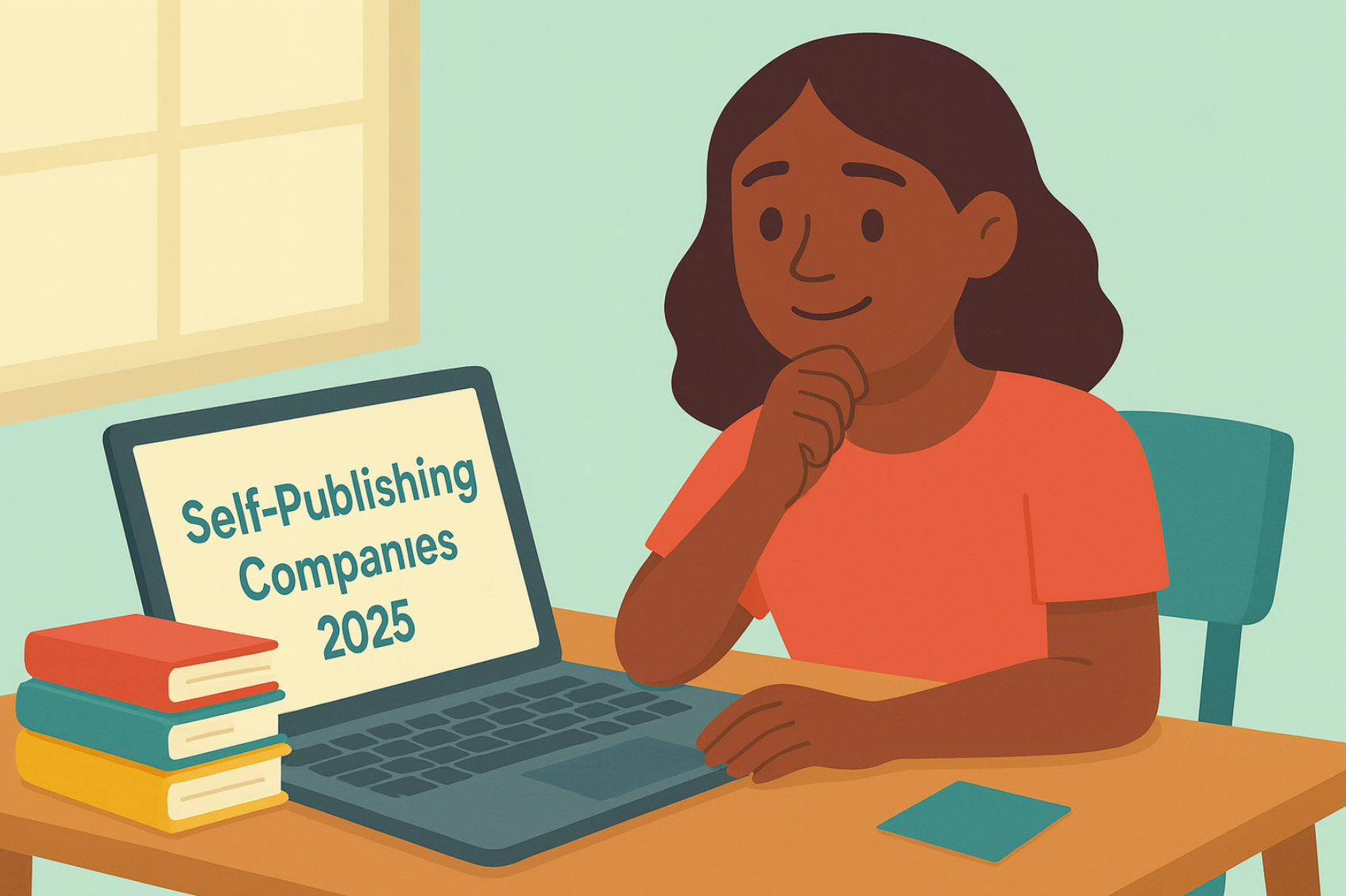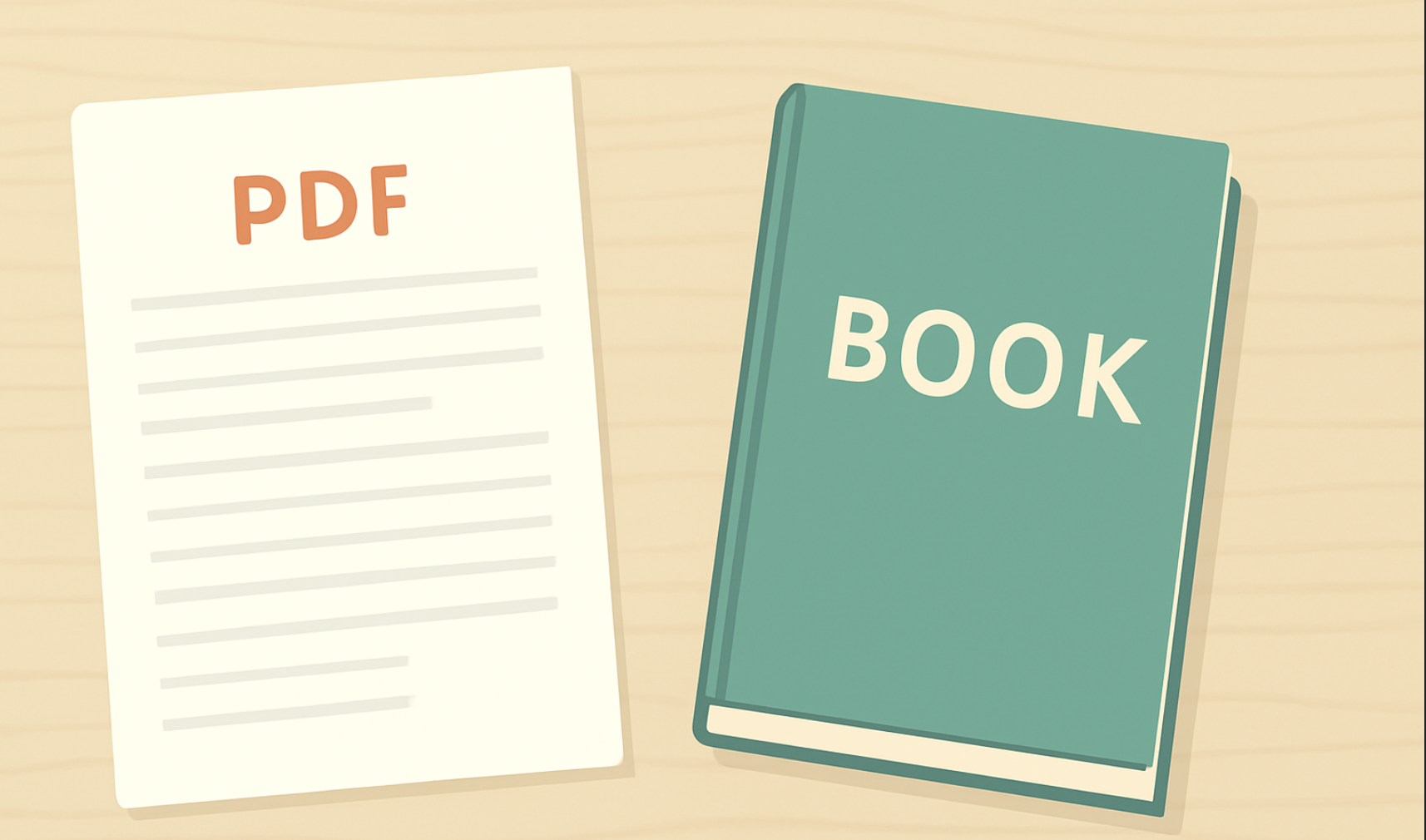The world of Young Adult (YA) novels has seen a remarkable surge in popularity, captivating readers of all ages with its diverse and dynamic stories. From exploring complex themes to featuring relatable characters, YA fiction offers a unique window into the experiences of young people. YA books are not only popular among teenagers but also appeal to adults and parents, presenting a lucrative opportunity for authors due to their growing market and universal themes. Understanding this genre and its audience is crucial for authors looking to make a significant impact.
This article will guide you through essential tips for launching a young adults book, from writing, editing, and publishing a YA novel. We’ll delve into understanding your audience, crafting compelling stories, navigating the publishing landscape, and effective marketing strategies to ensure your YA book reaches its full potential.
What is Young Adult Fiction
Young Adult (YA) fiction is a genre specifically crafted for readers aged 12 to 18, though its appeal often extends beyond this age group. Characterized by its focus on adolescent protagonists and their journeys through formative experiences, YA fiction addresses themes of identity, growth, and discovery. These narratives often explore intense emotions and complex relationships, offering both escapism and reflection for young readers.
YA fiction serves as a bridge between middle-grade fiction and adult novels, providing a transition for readers as they mature.
A key difference between YA fiction and adult fiction lies in perspective and content. While adult fiction can delve into more mature themes and intricate plotlines, YA fiction centers on the teenage viewpoint, emphasizing immediacy and personal growth. The language in YA novels tends to be more accessible, and the pacing more dynamic, catering to the sensibilities and interests of young adults.
Popular themes in YA literature include coming-of-age stories, dystopian futures, fantasy adventures, and explorations of mental health. Current trends highlight diversity and representation, with stories featuring protagonists from varied backgrounds and identities. Issues such as social justice, climate change, and personal resilience are also gaining prominence, reflecting the concerns and passions of today’s youth.
Knowing Your Audience: Young Adults
As mentioned above YA readers typically range from 12 to 18 years old, but often extends to those in their early twenties and beyond. These readers are diverse, hailing from various backgrounds and cultures, and they seek stories that reflect their own experiences and challenges.
Young adults today are navigating a complex world with unique interests and challenges. They are tech-savvy, socially aware, and deeply invested in issues like climate change, social justice, and mental health. Many face significant pressures, from academic expectations to social dynamics, and are looking for stories that offer both escapism and validation of their experiences. Mental health is a particularly important consideration, as many young adults are dealing with anxiety, depression, and other mental health issues.
To connect with YA readers, authors should focus on creating relatable characters and themes. Protagonists who reflect the diverse experiences of young people, along with authentic dialogue and realistic situations, can resonate deeply. Themes of self-discovery, resilience, and empowerment are particularly powerful. By addressing these aspects thoughtfully, authors can craft stories that not only entertain but also offer meaningful reflections on the journey of adolescence.
Writing a YA Novel
Writing a YA novel requires a unique blend of creativity, empathy, and insight into the adolescent experience. Here are some essential tips for crafting compelling stories that resonate with young readers. An engaging first line in a young adult novel is crucial for setting the tone, voice, and theme, effectively capturing the attention of teen readers.
1. Tips for Writing Compelling Stories:
Understand Your Audience: Get to know the interests, concerns, and aspirations of young adults. Stay updated on current trends and issues that matter to them. Favorite books often leave a lasting emotional impact on readers, making them feel connected to beloved characters and transformative experiences.
Be Authentic: Authenticity is key in YA fiction. Write from a place of honesty and avoid condescending tones. Young readers value genuineness and can easily detect insincerity.
2. Developing Authentic YA Characters and Realistic Dialogue:
Create Relatable Characters: Develop characters with depth, flaws, and relatable struggles. Ensure your protagonists reflect the diverse backgrounds and experiences of modern youth.
Use Realistic Dialogue: Pay attention to how young people speak. Avoid overly formal language or outdated slang. Dialogue should feel natural and true to the character’s age and background.
3. Importance of the First Page and How to Hook YA Readers:
Start Strong: The first page is crucial in grabbing a YA reader’s attention. Begin with a compelling hook—an intriguing question, an action scene, or a glimpse into a unique world.
Set the Tone: Establish the tone and pace of your story early. YA readers appreciate fast-paced narratives that quickly immerse them in the story’s world.
4. Balancing Complex Themes with Accessibility:
Address Important Issues: Don’t shy away from complex themes like identity, mental health, and social justice. However, present these themes in a way that is accessible and understandable to younger readers.
Keep It Engaging: Balance serious topics with moments of humor, adventure, or romance to keep the story engaging. Ensure that the narrative remains hopeful and empowering, even when dealing with tough subjects.
By focusing on these elements, you can create a YA novel that not only captivates but also provides meaningful insights and reflections for young readers.
Editing and Polishing Your Manuscript
Editing and polishing your manuscript are crucial steps in transforming your YA novel from a rough draft into a polished, publishable work. This process ensures that your story resonates with readers and meets professional standards.
1. The Role of Developmental Editing:
Refining Your Story: Developmental editing focuses on the big-picture elements of your manuscript. This includes plot structure, character development, pacing, and thematic consistency. A developmental editor helps you identify and resolve major issues, ensuring your story flows logically and engagingly.
Enhancing Depth: This stage of editing allows you to deepen your characters, tighten your plot, and ensure your themes are clearly articulated. It’s an opportunity to enhance the emotional impact and overall coherence of your narrative.
2. Importance of Proofreading and Copyediting:
Attention to Detail: Proofreading and copyediting address the finer details of your manuscript. This includes grammar, spelling, punctuation, and syntax. A thorough copyedit ensures that your writing is clear, precise, and free of errors that could distract readers.
Consistency and Clarity: Copyediting also ensures consistency in style, tone, and formatting. It helps maintain clarity and readability, making your manuscript professional and polished.
3. Getting Feedback from Beta Readers and Critique Groups:
Fresh Perspectives: Beta readers and critique groups provide invaluable feedback from a reader’s perspective. They can highlight strengths and weaknesses in your story that you might have overlooked.
Constructive Criticism: Engaging with critique groups allows you to receive constructive criticism and suggestions for improvement. This feedback is essential for identifying potential issues and refining your manuscript before submission.
By embracing these editing processes, you can elevate your YA novel to its highest potential, ensuring it is well-crafted, engaging, and ready for publication.
Navigating the Publishing Landscape
Navigating the publishing landscape is a crucial step for any aspiring YA author. Understanding the different paths to publication and how to approach them can significantly impact your book’s success.
Traditional Publishing vs. Self-Publishing:
Traditional Publishing: This involves securing a literary agent who submits your manuscript to publishers. If accepted, the publisher handles editing, marketing, distribution, and other logistics.
Self-Publishing: This route gives authors full control over their book’s production and distribution. There are quite a lot of options available for self-publishing platforms, and authors are responsible for editing, design, marketing, and sales but retain all rights and profits.
How to Find and Query Literary Agents Who Specialize in YA Fiction:
Research: Identify agents who specialize in YA fiction by using resources like the Association of Authors’ Representatives (AAR) and Manuscript Wish List (MSWL).
Crafting a Query Letter: A compelling query letter includes a brief synopsis of your book, a hook, and a bit about yourself. Tailor each query to the agent’s specific interests and guidelines.
Submission Guidelines: Follow each agent’s submission guidelines carefully. This often includes a query letter, a synopsis, and sample chapters.
Submitting to Publishers and Understanding the Submission Process:
Direct Submissions: Some publishers accept direct submissions without an agent. Research publishers’ submission guidelines and adhere to their requirements.
Patience and Persistence: The submission process can be lengthy. Be prepared for rejections and keep submitting to new agents and publishers. Each rejection is a step closer to finding the right fit.
Pros and Cons of Self-Publishing and Hybrid Publishing Models:
Self-Publishing:
- Pros: Complete creative control, higher profit margins, faster time to market.
- Cons: Upfront costs, full responsibility for marketing and distribution, potential challenges in gaining visibility.
Hybrid Publishing:
- Pros: Combines elements of traditional and self-publishing. Authors share costs with the publisher but receive more support in marketing and distribution.
- Cons: Shared profits, less control compared to full self-publishing, the potential for higher upfront costs than traditional publishing.
By understanding these options and strategies, you can make informed decisions about the best path to publication for your YA novel, ensuring it reaches its intended audience effectively.
Marketing Your YA Book
Effective marketing is essential to ensure your YA book reaches its target audience and achieves its full potential. Here are key strategies for building an online presence, crafting compelling promotional materials, and engaging with influencers and readers.
1. Building an Online Presence and Using Social Media Effectively:
Create Author Platforms: Establish a strong online presence through a personal website and active social media profiles. Your website should include information about you, your book, and any upcoming events.
Social Media Strategy: Use platforms like Instagram, Twitter, TikTok, and Goodreads to connect with YA readers. Share engaging content such as behind-the-scenes looks at your writing process, character insights, and book-related news. Regular interaction with followers can build a loyal readership.
Consistency and Authenticity: Post consistently and authentically. Engage with your audience by responding to comments, participating in relevant hashtags, and joining online book communities.
2. Crafting a Compelling Book Cover and Blurb:
Eye-Catching Cover Design: A compelling cover is crucial for attracting readers. Invest in a professional designer who understands the YA market. The cover should be visually appealing and reflective of your book’s theme and genre.
Intriguing Blurb: Your book blurb is a powerful marketing tool. It should be concise, and engaging, and provide a glimpse of the plot without revealing too much. Focus on the main conflict and unique selling points of your story.
3. Strategies for Engaging with YA Book Bloggers and Influencers:
Research and Outreach: Identify popular YA book bloggers and influencers who align with your book’s genre and themes. Reach out with a personalized message offering a free copy of your book in exchange for a review.
Collaborations and Giveaways: Collaborate with bloggers and influencers for interviews, guest posts, and social media takeovers. Hosting giveaways can also generate buzz and attract new readers.
4. Planning a Successful Book Launch Event and Virtual Tours:
Physical Launch Events: If possible, plan a book launch event at a local bookstore, library, or community center. Include readings, Q&A sessions, and book signings to engage attendees.
Virtual Book Tours: In the digital age, virtual tours are a powerful tool. Plan live-streamed readings, interviews, and interactive sessions on platforms like Zoom, Facebook Live, and Instagram Live. Partner with book bloggers and online book clubs to reach a wider audience.
Promotional Materials: Use promotional materials such as press releases, digital flyers, and social media posts to create anticipation for your launch event. Encourage attendees to share their experiences online to further spread the word.
By implementing these marketing strategies, you can effectively promote your YA book, build a strong reader base, and create lasting connections within the YA literary community.
The Importance of Diversity and Representation in YA Fiction
Diversity and representation in YA fiction are essential for creating stories that resonate with a wide range of readers. Young adults come from diverse backgrounds and experiences, and they deserve to see themselves reflected in the books they read. Highlighting varied voices and perspectives enriches the genre and fosters empathy and understanding among readers.
Successful diverse YA novels include Angie Thomas’s “The Hate U Give,” which addresses racial injustice, and Elizabeth Acevedo’s “The Poet X,” which explores the challenges of a young Latina growing up in Harlem. Authors like Jason Reynolds and Nic Stone also bring valuable diversity to YA literature with their compelling narratives.
To encourage inclusion and representation in your writing, actively seek out diverse experiences and stories. Write characters who reflect different backgrounds, cultures, and identities, and avoid stereotypes. Engaging with diverse beta readers and sensitivity readers can help ensure authenticity and respect in your portrayal. By prioritizing diversity, you contribute to a richer, more inclusive YA literary landscape.
Conclusion: Embracing the YA Journey
Launching a YA book is an exhilarating journey that involves understanding your audience, crafting authentic stories, and effectively navigating the publishing landscape. Key tips include connecting with young readers through relatable characters, leveraging social media for promotion, and engaging with educators and influencers. For debut authors, persistence and innovation are crucial.
Embrace the challenges and opportunities, knowing that writing for young adults is a rewarding experience that can leave a lasting impact. Stay passionate, keep refining your craft, and continue to inspire and resonate with young readers through your unique voice.
Have you completed your manuscript and are ready to share it with the world? Spines stands as your gateway to the publishing realm, embodying the future of publishing. Our platform combines advanced technology with human expertise to revolutionize your publishing journey, offering a suite of comprehensive services. These include detailed editing and proofreading, captivating cover creation, seamless distribution, and strategic marketing across various channels and platforms. With Spines, your book is not only set to transcend the ordinary but also to make a significant impact in the new era of publishing. Sign up for free to start your self-publishing journey.








